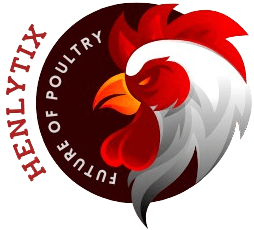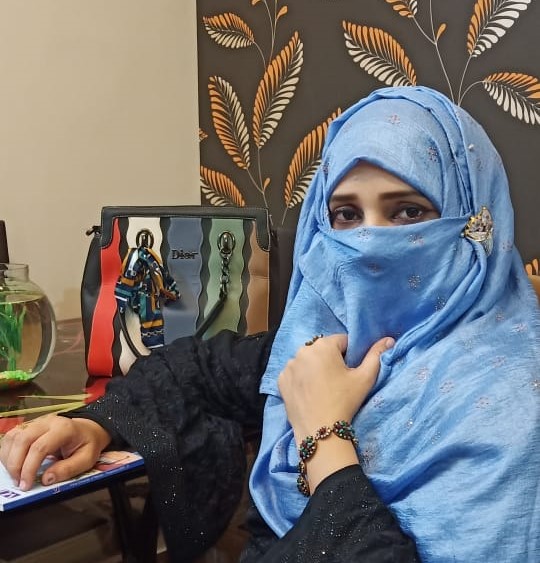Understanding how roosters fertilize eggs is key to anyone interested in raising chickens. The process is quite different from what we might expect, making it fascinating and bizarre at the same time. Unlike other animals, chickens don’t need a rooster for a hen to lay eggs. However, for the egg to be fertilized, a rooster must mate with the hen.
The mating process involves the rooster performing displays of dominance to attract a mate, but it’s not just for show. Once the hen is ready, the rooster will fertilize the egg, and this results in the fertilized egg that can later become a baby chick.
How do Roosters Fertilize eggs- The Answer
When a rooster mates with a hen, he transfers sperm into her cloaca through a cloacal kiss. The sperm travel to the left ovary and can be stored for up to four weeks, ensuring fertilization when the hen lays eggs. Depending on the breed, hens ovulate every few days or daily. Once the yolk is released, sperm meets the germinal disk to form a fertilized egg. The rooster holds the hen in place during mating to ensure proper sperm transfer. Understanding this process is vital for those raising chickens.
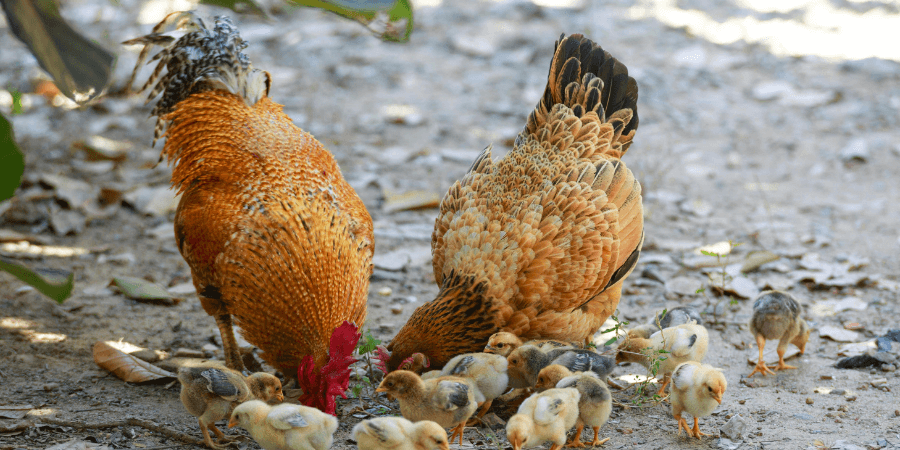
If you’re raising chickens in your backyard, it’s important to know the process, especially if you want to raise baby chicks. Chicks are delicate and fragile, and you’ll need the right knowledge and skill to take care of them. Watching peeps hatch is a surprising and incredible experience, but it starts with understanding the role of the rooster.
A helpful resource, like Chickenpedia, can guide you in understanding chicken eggs and help you prepare for the arrival of your new flock, which could include some fluffy chickens like Silkies or other breeds. Raising chickens is an amazing journey, but make sure you’re ready before you get started!
Understanding Rooster Fertilization
When a rooster mates with hens, he transfers semen containing sperm into the hen’s cloaca through a cloacal kiss. During this process, anywhere from 100 million to five billion sperm are passed into the hen’s reproductive system.
The sperm then travel toward the left ovary and oviduct, where they can be stored in storage glands for up to four weeks. This ensures that even if the egg layer doesn’t ovulate daily, the sperm remain viable to fertilize eggs when the hen lays eggs.
Among different breeds, the Silkie Rooster is also known for this same natural process of fertilization, with no biological difference from other roosters.
Different chickens and breeds might ovulate every 3-4 days or daily, meaning the mating process has to align with the egg development. Once the yolk is released into the infundibulum, the sperm meets the germinal disk or blastodisc, which contains the hen’s reproductive cells. This is where the embryo begins to develop, forming a blastoderm and eventually a zygote, creating a fertilized egg ready for hatching.
During mating, the male uses his beak, neck, and feathers to hold the female in place while their vent openings join in cloacal contact. The male may press or squat to ensure proper transfer, and the ova inside the hen is fertilized safely.
For anyone raising chickens in a coop or backyard, understanding this natural process is crucial. Along with learning about reproduction, flock owners often explore practical care tips like how to Remove Rooster Spurs, since long or sharp spurs can sometimes injure hens during mating.
Do Chickens Need a Rooster to Lay Eggs?
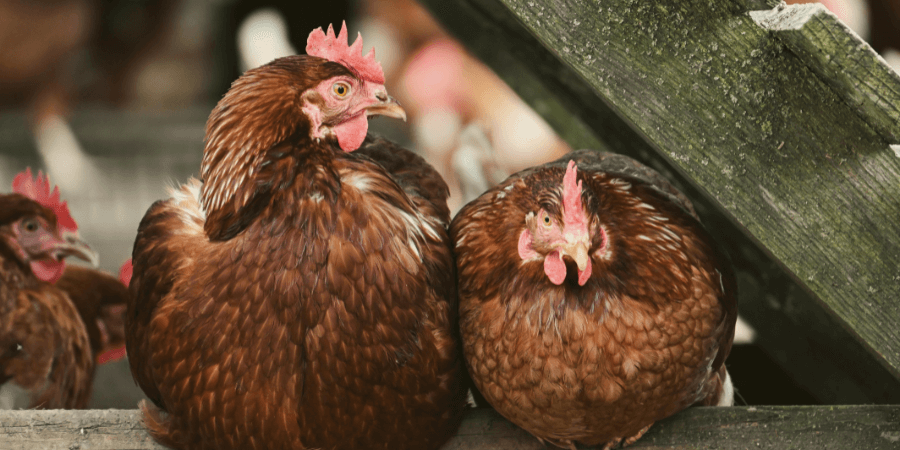
Chickens, especially hens, do not need a rooster to lay eggs. Hens can lay eggs on their own, regardless of whether a rooster is present. However, these eggs won’t be fertilized without a rooster, meaning no chicks will hatch. To produce fertilized eggs, a rooster must mate with the hen, transferring semen containing sperm.
While some people also wonder [why do roosters crow] so loudly every morning, their main role in egg production is fertilizing the hen’s eggs. It’s also important to provide hens with the right diet, including calcium and adequate light (12–16 hours), to help in the forming of healthy eggs.
Even if a rooster is present, sometimes issues like infertile hens or roosters can affect the fertility of eggs. Studies show that supplementing a rooster’s diet with vitamin E (like 160 mg/kg) can improve semen quality and enhance fertility in a flock. Ultimately, hens have the freedom of choice and can sometimes eject sperm if they don’t wish to procreate.
The Mating Process in Chickens
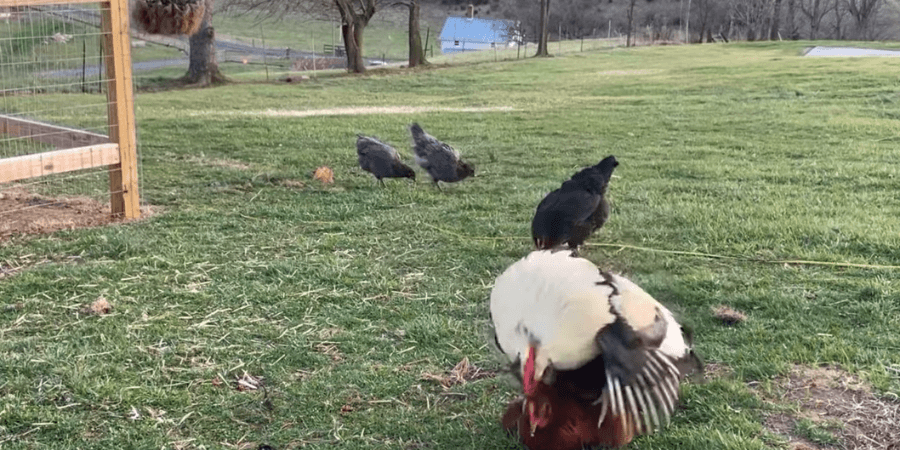
The mating process in chickens begins when a rooster performs a wing dance to attract a hen. This includes a scratchy, shuffle-like jig as he shows off his muscles and tries to look macho. If the hen consents, she will squat, lower her head, and spread her wings, making it easier for the rooster to get into position and mount her. At this point, the rooster uses his spurs to grip her back, while his beaks latch onto the feathers or neck to maintain balance.
There’s often some flapping and squawking, which can look uncomfortable, but this is part of the process. If the hen rejects him, the rooster may either sulk or, in some cases, overpower her and continue trying to mate. This whole process is essential for fertilization to occur, leading to the production of fertilized eggs.
Healthy flock management becomes even easier when you understand the distinct traits and behavior patterns of gamefowl like Kelso roosters.
Chicken Anatomy
In roosters, testes are located near the kidneys in the abdomen. These organs are responsible for producing sperm, which travels through the vas deferens and is stored in the papillae within the cloaca.
The cloaca is a shared space inside the vent where reproductive organs, urinary tract, and digestive tract meet. Unlike mammals, roosters don’t have a penis, and instead, a rudimentary nub forms during embryonic development due to the Bmp4 protein, stopping the penis from developing.
In female chicks, there are two ovaries, but only the left ovary remains active as the right ovary atrophies. The left ovary contains egg follicles that ripen into eggs, passing through the infundibulum, where egg white forms. From there, the egg moves into the oviduct, where the magnum, isthmus, and shell gland work together to complete the egg.
The vagina then pushes the egg out, with a bloom forming on its outer shell, and the egg finally exits through the cloaca flap into the intestinal tract. Sperm storage in the hen’s body ensures that semen can fertilize eggs over time.
How to Spot a Fertilized Egg
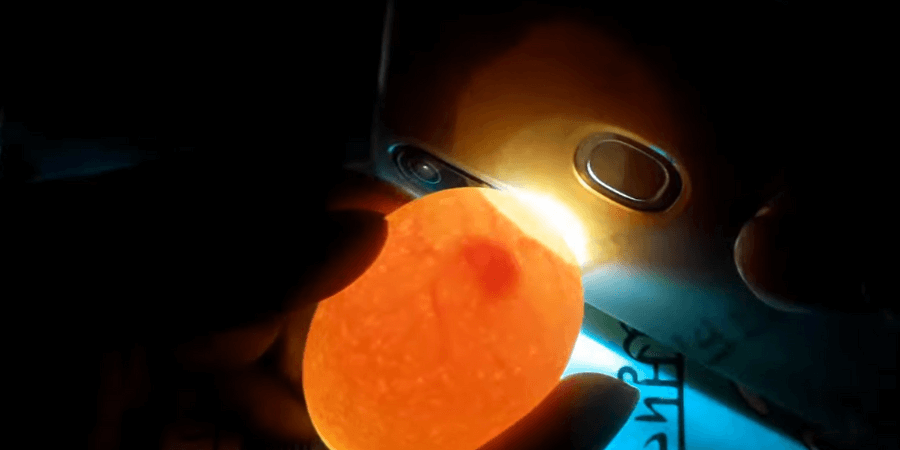
To spot a fertilized egg, crack it open into a bowl and look for the germinal spot. A fertilized egg will have a bullseye-shaped germinal spot made up of both female cells and male cells, unlike an unfertilized egg, which just has a small white spot. You can also use a method called candling: hold the egg against a bright light in a dark room.
If it’s fertilized, you’ll see veins and a dark area indicating embryo development, while an unfertilized egg will look translucent. Fertilized eggs are safe to eat, and if kept in a warm hen or incubator, they will start to develop into a chick in about 21 days.
Reproduction Myths and Facts in Chickens
There are many myths about chickens and their reproduction, especially when it comes to roosters and how they fertilize eggs. One common misconception is that chickens get pregnant, but that’s not the case. Hens don’t carry babies like mammals do. Instead, the rooster fertilizes eggs by mating with the hen. A rooster has testes that produce sperm, which he shares with the hen during mating.
The hen, on the other hand, is born with two ovaries, but only the left ovary becomes active and produces ova for egg production throughout her life. This process is mysterious and fascinating, but once you understand it, it’s no longer a mystery.
Sexual maturity in both the rooster and hen is a crucial part of the reproductive cycle, allowing for the production of viable baby chicks. In many cultures, this very ability to give life has made people reflect on what a rooster symbolize, often linking it to fertility, vitality, and the continuation of generations.
Frequently Asked Questions
Are chicken eggs fertilized before or after they are laid?
Chicken eggs are fertilized inside the hen’s oviduct when sperm from a rooster meets the yolk before white and shell are formed. An egg takes approximately 24 hours to be released and ready to be laid. If the hen has contact with a rooster, the egg is fertile; otherwise, it stays unfertilized.
How do eggs get fertilized without a rooster?
Hens can lay an egg, but without a rooster, it’s never fertile. Only fertilized eggs from a rooster allow hatching into chicks; other eggs stay unfertilized.
How does a rooster fertilize the egg?
A rooster mounts a hen for a cloacal kiss, where cloacal contact lets sperm transfer through their opening into the hen’s reproductive system. The sperm travels to the oviduct, stays viable for weeks, and can fertilize the ovum or yolk, making a fertilized egg with potential for a chick’s development.
How do farmers know if a chicken egg is fertilized?
Farmers use the technique of candling to check fertilization by shining a light on an egg in a dark room, spotting blood vessels in a fertilized egg. A clear unfertilized egg may be cracked open for a bullseye-shaped blastoderm, or tested with a water float test for accurate later-stage development.
Conclusion
Understanding how roosters fertilize eggs helps backyard farmers and chicken enthusiasts appreciate the fascinating biology behind egg production and chick development. From the cloacal kiss to the hen’s unique anatomy, every step plays a vital role in ensuring fertilized eggs and healthy chicks. Whether you’re raising chickens for eggs or for hatching, knowing this natural process gives you the confidence to care for your flock responsibly.
Fertilization is only possible when a rooster mates with a hen, but before that it helps to identify the sexes correctly. To understand these breed differences better, see How to Tell a Wyandotte Rooster from a Hen
